The Education Divide. How Country and City Girls Fare in the Classroom introduces readers to the various issues facing the country. And city girls as they pursue higher education. It offers a comprehensive look at how you can address these issues through increased teacher training and greater parent engagement.
And other measures to better equip girls in rural areas with the skills they need to succeed in college or beyond. Education is a crucial part of our lives, and the quality determines how well we perform in our careers and society.
Some cities have more resources, such as teachers and buildings, than others. In rural areas, there are fewer opportunities for students to receive an excellent education. There is a vast gender gap in education, and women continue to be underrepresented in primary and secondary schools. The Education Divide aims to explore the educational challenges faced by girls in cities and how you can make efforts to address them.

What Factors Affect The Education Of Girls?
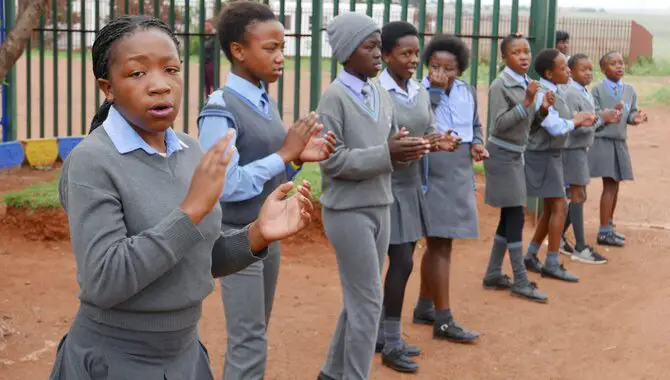
The education of girls is a cause for concern in the 21st century. Several factors can influence their education, such as gender-based violence, poverty, access to education, and health and nutrition. Girls from disadvantaged backgrounds have less access to quality education.
Gender-based violence leads to poor academic performance in them. This especially applies to countries with high levels of poverty. Moreover, girls from wealthy families have an advantage over poorer families regarding accessing good schools and receiving a high-quality education. Many factors are at play in determining girls’ educational achievement, but there is certainly a need for improvement.
The Education Divide: How Country And City Girls Fare In The Classroom And What We Can Do About It
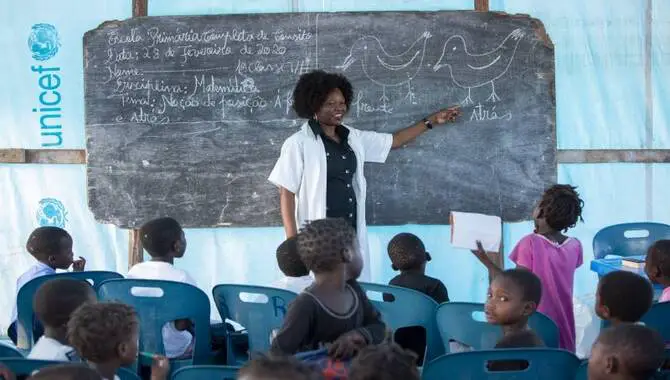
Girls from rural and urban areas face different educational outcomes. Girls from rural communities tend to fare better in school. As they have access to an enriched curriculum, higher expectations for their academic performance.
And high-quality teaching. On the other hand, girls from urban communities are more likely to face challenges in school, including a lack of access to quality education that fosters creativity and critical thinking. The education divide starts at an early age, affecting girls’ chances for success in school.
It is important to raise awareness about the education divide and work together to achieve change. Everyone has a role to play in ensuring that all girls have equal opportunities in the classroom. We can make a powerful difference through concerted efforts to improve female students’ educational outcomes.
The Importance Of Early Education
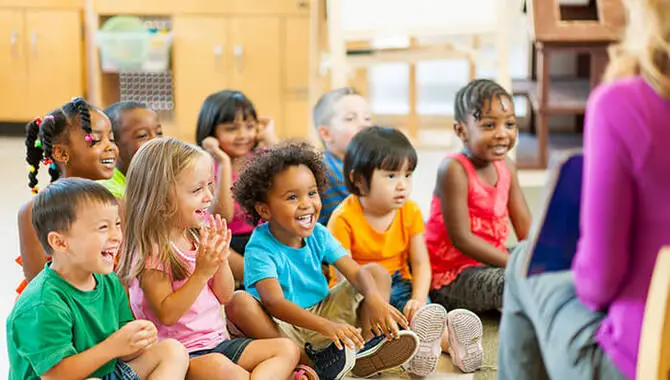
Early education is a crucial component of a child’s development, as it helps them learn important skills and concepts that will aid them in their educational pursuits. Research has shown that early education can long-term impact a child’s academic performance, cognitive abilities, and social skills.
In addition, it can also help reduce the likelihood of children becoming involved in criminal activities later in life. The importance of early education cannot be overstated, and any effort to improve it should be welcomed and implemented with vigor.
Disadvantages For Girls From Impoverished Backgrounds Attending School In Cities
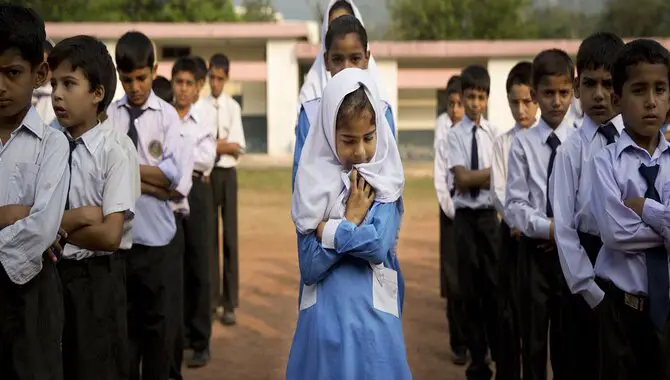
Girls from impoverished backgrounds, who comprise a sizeable proportion of school-going children, often face many disadvantages. They are more likely to drop out of school early and work instead of attending school. While in school, they may have to deal with gender stereotypes and gender-based violence. They may also not have access to quality education due to financial constraints.
Moreover, girls from impoverished backgrounds are more likely to find themselves unemployed after completing their education. All these factors can add to the inequality gap between girls from impoverished and non-poor backgrounds.
To ensure that girls from impoverished backgrounds get equal opportunities in education, governments must take measures such as providing free schools for all children from economically weaker sections and making educational institutions financially sustainable.
The Need For More Female Teachers And Mentors

The media has widely documented the education gap between country and city students, which is a serious concern for policymakers across the globe. A recent study found that only 8% of teachers in Zambia, South Africa, and Ghana were female.
This is particularly concerning since teachers have an important role in helping students from all socioeconomic backgrounds succeed in school.
The need for more female teachers, particularly those who are well-trained and experienced, is clear. Efforts to increase the number of women in the teaching profession can help close this gap and ensure that all students have access to quality education.
Girls In Rural Areas Are More Likely To Receive Poor-Quality Education

According to a report by the World Bank, girls in rural areas are more likely to receive poor-quality education. This is because they are often neglected, underprivileged, and discriminated against. They also have limited access to school facilities and educational resources.
Girls in rural areas are more likely to drop out of school before completing secondary education than boys. In most developing countries, girls account for more than half of primary school students but only a quarter of secondary school enrolment.
They are also less likely to complete non-tertiary education. Girls from rural areas are less likely to be literate than their urban counterparts, and this disparity has increased over time. Girls from rural areas are also more prone to marry early and have low incomes. They are also less likely to access health and sanitation services than their urban counterparts.
Girls From Lower-Income Families Are More Likely To Experience Gender-Based Violence In School
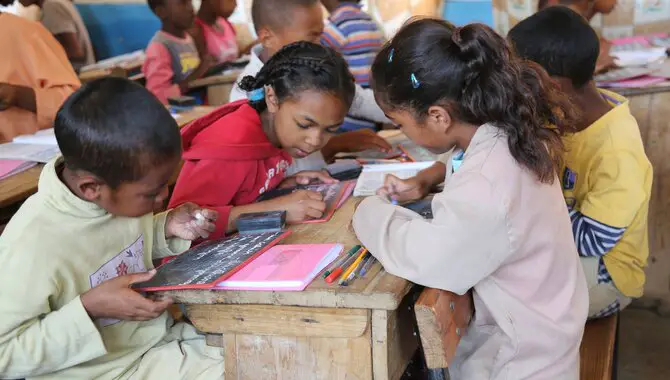
Girls from lower-income families are more likely to experience gender-based violence in school. This may include verbal harassment, bullying, sexual abuse, and physical assault. Girls from low-income households are also more likely to have low self-esteem and feel unsupported in school.
This can make it harder for them to learn and grow. Girls from lower-income families are less likely to have access to quality education resources. This can include high-quality educational materials, such as textbooks and computers, or essential educational programs that support their development, such as school supplies or after-school programs.
Girls from lower-income households are less likely to be able to afford high-quality textbooks and educational materials. This can make it difficult for them to get a good education. Girls from lower-income households are less likely to receive the same education as boys from similar backgrounds.
This may result in girls’ education being limited by financial constraints or other factors such as gender stereotypes. The gap between boys’ and girls’ educational attainment is often seen as a global issue. Still, it’s important to recognize that this is more than just an issue for low-income countries or developing nations.
Girls From Rural Areas Have Less Access To Higher Education Than Boys
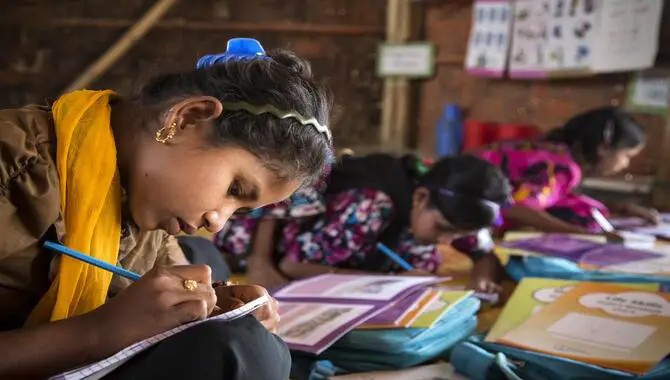
Girls from rural areas are more likely to face poverty and malnutrition than boys, making it harder for them to access quality education. These girls are also more likely to drop out of school early, which can devastate their prospects. The disparity in educational opportunities between rural and urban areas is a primary factor contributing to the gender gap in the labor market.
Additionally, girls from rural areas are more likely to face discrimination in school and be less likely to have access to high-quality education compared to boys. This inequality in education prevents rural girls from being able to participate fully in society. It is one of the main drivers behind the rising inequality gap between men and women.
Girls From Lower-Income Families Are More Likely To Drop Out Of School
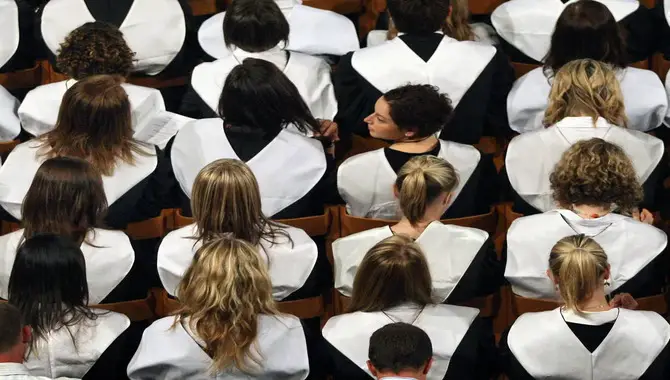
A new study, ‘The Education Divide: How Country and City Girls Fare in the Classroom,’ examines the disparities between girls from low-income families and their more affluent counterparts.
The study, conducted by the United States Department of Education’s National Center for Educational Statistics (NCES), finds that country and city girls have different experiences in school. The report finds that country girls are likelier to drop out of school before graduating.
This is likely due to several factors, including their lower likelihood of taking advanced courses or pursuing higher-level degrees. Other factors include their lower likelihood of having a college-level major or enrolling in a two- or four-year college.
In contrast, city girls are more likely to graduate from high school and attend a two- or four-year college after high school than country girls. They are also less likely to be involved in a criminal justice system or incarcerated at some point during their lifetime.
Schools Need To Do More To Support Girls From Disadvantaged Backgrounds
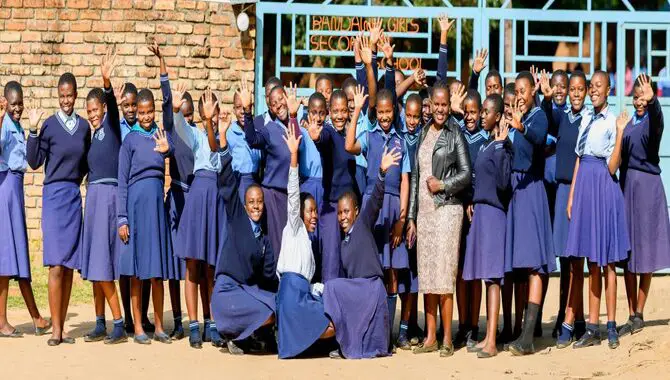
Girls from disadvantaged backgrounds are more likely to experience difficulties in school. These girls often have low self-esteem and are discouraged from pursuing an education. They may also have lower SAT scores and GPAs than their counterparts from more affluent backgrounds.
This is because schools in disadvantaged areas tend to provide substandard education, which hinders their students’ performance. Additionally, these girls are less likely to receive adequate mentoring and scholarships and are often the subjects of gender inequality and bullying.
Schools can support girls from disadvantaged backgrounds through programs such as mentoring, scholarships, and better teaching methods. By supporting these young women through education, schools can help them succeed in life and break the cycle of poverty.
Conclusion
As you can see, the obstacles faced by rural and urban girls are strikingly similar. While many factors contribute to gender-based disparities in education (such as societal norms, child marriage, family pressure, etc.), making educational resources more accessible and accessible to all children is one of the most effective ways to reduce these disparities.
This includes improving access to education for rural children and educating parents about the benefits of education for their daughters. Ultimately, it will require a collective effort from families, community members, educators, and government officials to ensure that rural and urban children have equal access to high-quality education.
There is a major education divide between girls who live in cities and those who live in rural areas. We explore the reasons for this divide and how it impacts girls’ educational opportunities. By understanding the root causes of this divide, we can work to address it and give all girls a chance to achieve their full potential.
Hopefully, I will provide you with valuable information about the education gap between us. Country and City Girls Fare in the Classroom and help you to make informed decisions about how to help them achieve their dreams.
Frequently Asked Questions
What Is The Difference Between Country And City Girls In The Classroom?
There are key differences between country and city girls in the classroom. Country girls have a strong work ethic and are often eager to learn. This can be attributed to their upbringing, which often emphasizes education and hard work.
On the other hand, city girls may be more comfortable with their social status and may not be as interested in academics. This is likely because they have more opportunities and choices than rural kids do.
Is There A Problem With Gender Inequality In Education?
There is indeed a problem with gender inequality in education. This inequality manifests itself in different ways, such as girls being disadvantaged in terms of access to education and science, mathematics, and engineering opportunities. Girls are also more likely to be suspended or expelled, which can hurt their academic careers.
How Can We Solve This Problem Of Gender Inequality In Education?
To solve the problem of gender inequality in education, we first need to increase the number of girls who are educated and enter the workforce. You can do this by providing quality early childhood education that nurtures girls’ emotional, social, and intellectual development. Girls need access to opportunities to participate in extracurricular activities to develop skills that will help them succeed in fields requiring a higher education level.
What Are The Solutions To This Problem Of Gender Inequality In Education?
The education divide between rural and urban students is a huge problem in many parts of the world, particularly in South Asia, Sub-Saharan Africa, and South America. It has several causes, including gender stereotyping, poverty, and unequal access to quality schools.
The solutions to this problem are multifaceted. They include investing more in rural education systems, raising awareness about the benefits of quality education for girls, reducing gender stereotypes in textbooks and classrooms, and providing equal opportunities for girls and boys to access quality education.
Which Is Better: Public Or Private Schools For Children From Low-Income Families?
There is no clear answer as to which school type is better for children from low-income families. This is because public and private schools both have their strengths and weaknesses. Public schools are generally cheaper than private schools, but they may need to be better in the curriculum or the environment.
They also may provide different support to students with special needs. On the other hand, private schools can be more expensive, but they often have a higher quality in terms of the curriculum and the overall educational experience.

I’m a writer and blogger who loves to talk about entertainment, culture, and relationships. I love to share my thoughts and insights on these topics, and I’m always looking for new ways to engage with my readers. I’m also a big fan of learning new things, so I’m always exploring new areas of interest.
